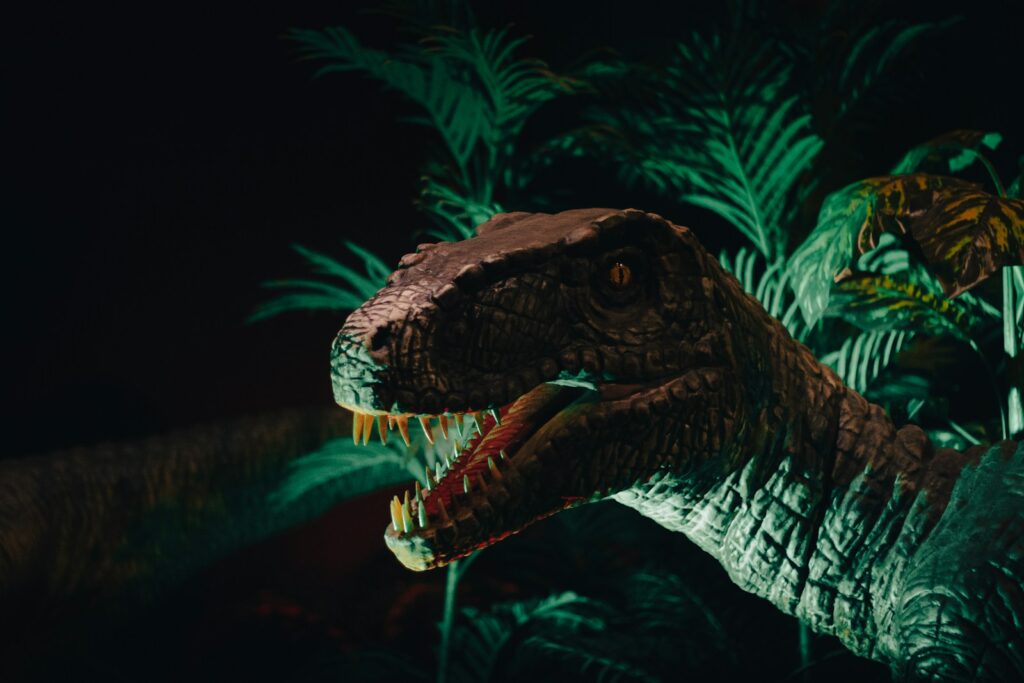Imagine scrolling through your social media feed and encountering a mind-blowing fact about a T-Rex having arms smaller than a human child’s. Within seconds, you’re sharing it with friends, commenting with flame emojis, and diving into a rabbit hole of prehistoric content that keeps you awake until 3 AM. This scenario plays out millions of times daily across the internet, revealing humanity’s unshakeable fascination with creatures that vanished 66 million years ago. From viral TikTok videos to Netflix documentaries, dinosaurs have conquered the digital realm with the same ferocity they once ruled the Earth.
The Nostalgia Factor That Never Gets Old
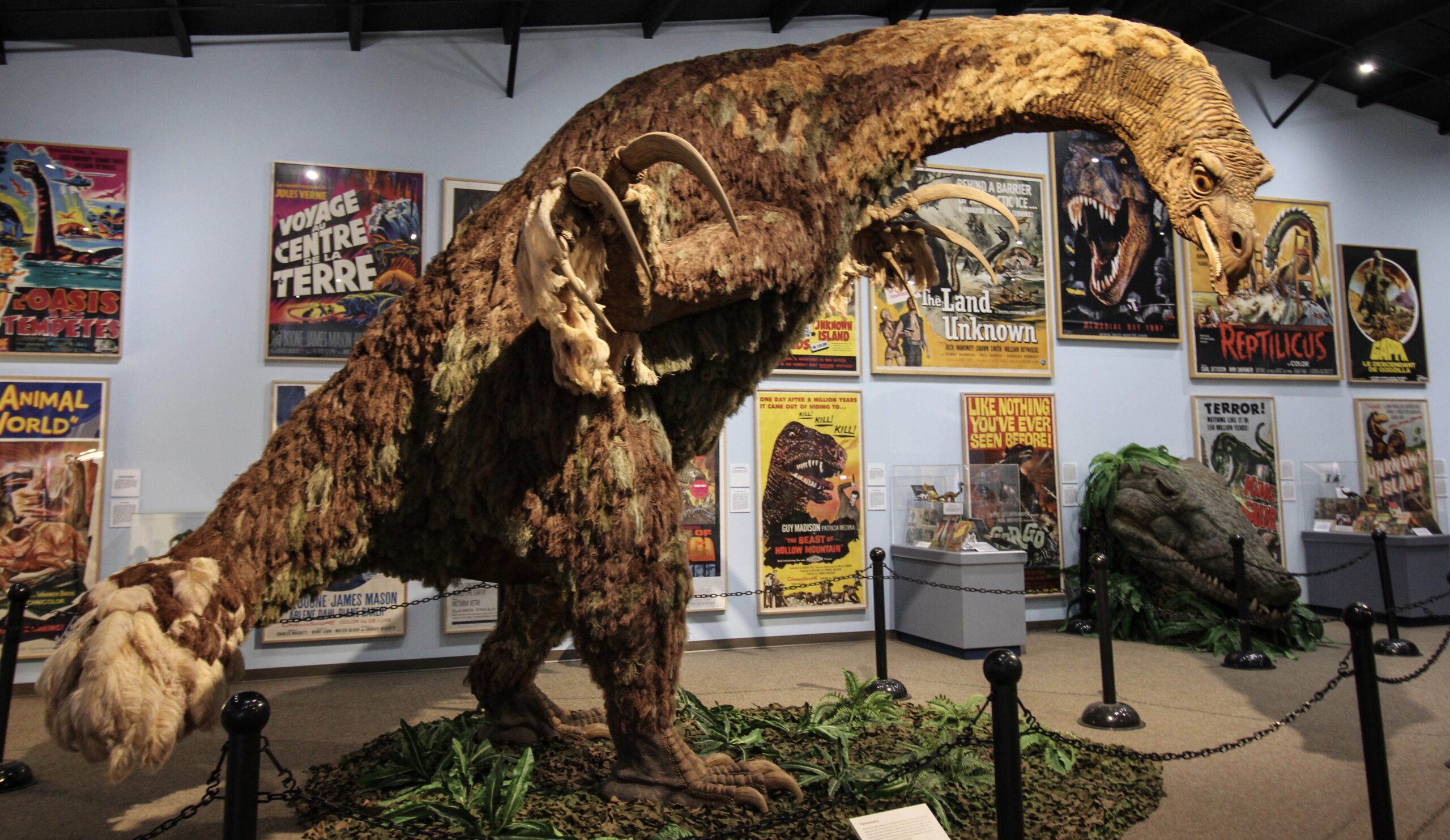
There’s something deeply personal about our relationship with dinosaurs that transcends age barriers. Most adults can vividly recall their first encounter with these ancient giants, whether through a picture book, museum visit, or that life-changing moment watching Jurassic Park. This childhood wonder doesn’t simply fade with time; it transforms into a warm, nostalgic connection that the internet perfectly amplifies.
Social media platforms have become digital time machines, allowing us to reconnect with our inner child through dinosaur content. A single post featuring a newly discovered species can instantly transport a 35-year-old accountant back to age seven, when they dreamed of becoming a paleontologist. This emotional resonance explains why dinosaur posts consistently generate higher engagement rates than many other science topics.
The Mystery That Keeps Us Guessing
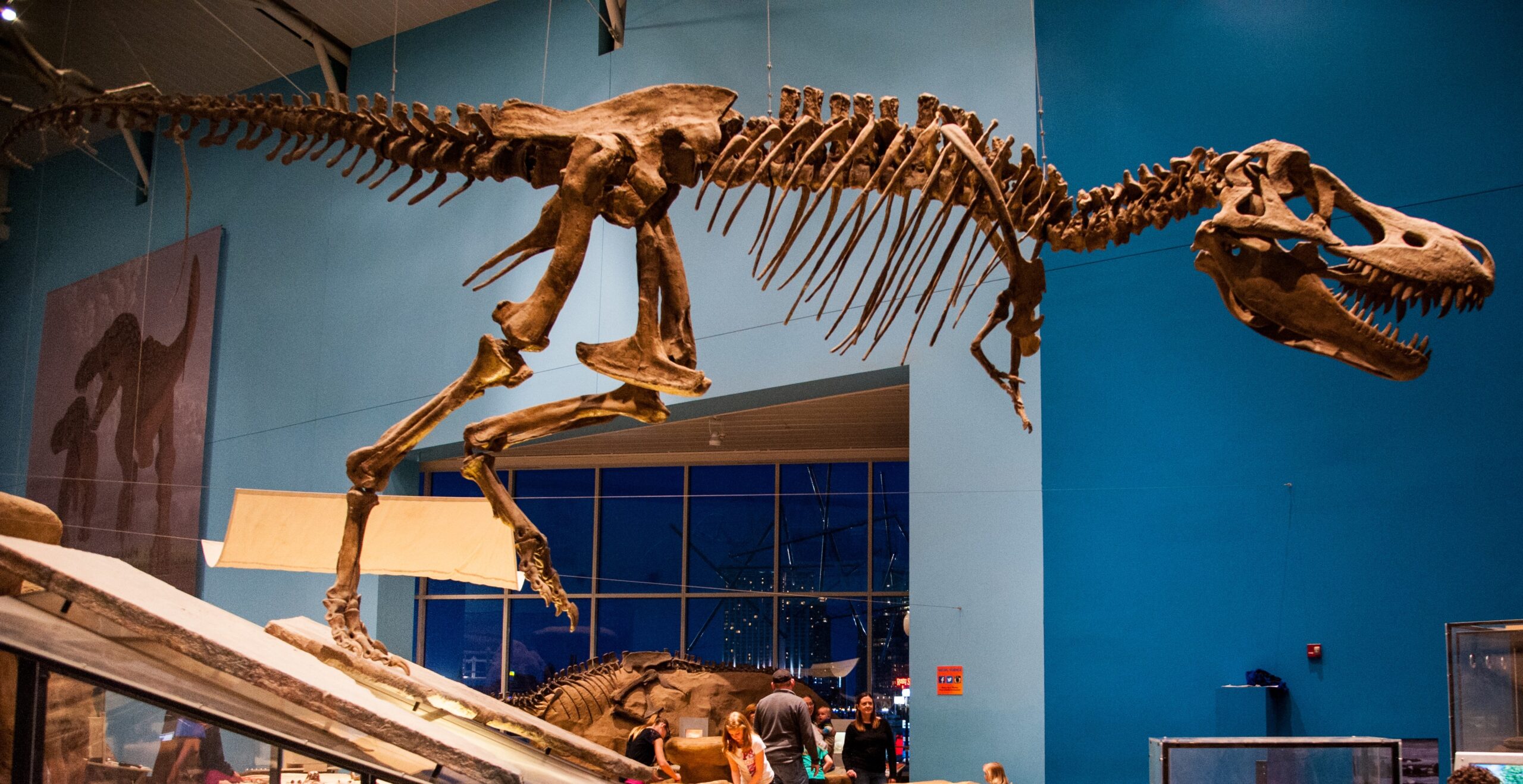
Unlike other extinct animals, dinosaurs occupy a unique space in our collective imagination because they’re simultaneously familiar and completely alien. We know enough about them to fuel our curiosity, yet so much remains unknown that every new discovery feels like unwrapping a present. This perfect balance of knowledge and mystery creates an irresistible digital cocktail that keeps audiences coming back for more.
The internet thrives on speculation, theories, and “what if” scenarios, making dinosaurs ideal content fodder. From debates about feathered velociraptors to discussions about potential de-extinction technologies, these prehistoric creatures provide endless material for viral content. Every paleontological breakthrough becomes a trending topic, sparking millions of conversations across platforms.
Visual Spectacle Meets Social Media
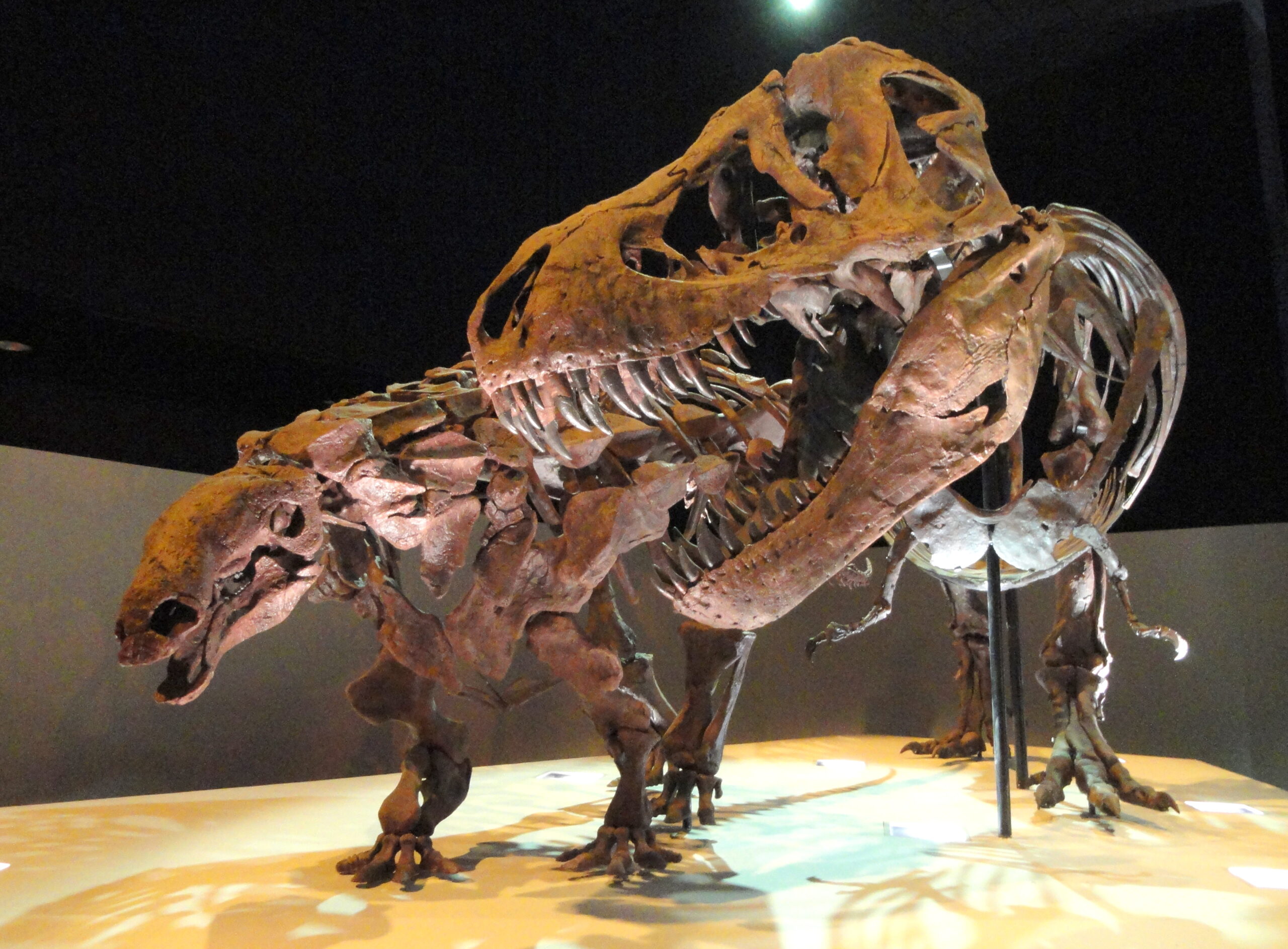
Dinosaurs are inherently photogenic subjects, even in their fossilized state. Their massive skeletons, razor-sharp teeth, and imposing size create naturally dramatic visuals that translate perfectly to our image-obsessed digital culture. Museum exhibits featuring dinosaur fossils generate thousands of Instagram posts daily, with visitors eager to capture their own “tiny human next to massive predator” shots.
The rise of CGI and digital art has taken dinosaur visualization to unprecedented heights. Artists create stunning reconstructions that go viral within hours, showing these creatures in vibrant colors and dynamic poses that capture imagination far more effectively than static museum displays. These digital resurrections make dinosaurs feel alive again, bridging the gap between ancient history and modern entertainment.
The Science Celebrity Effect
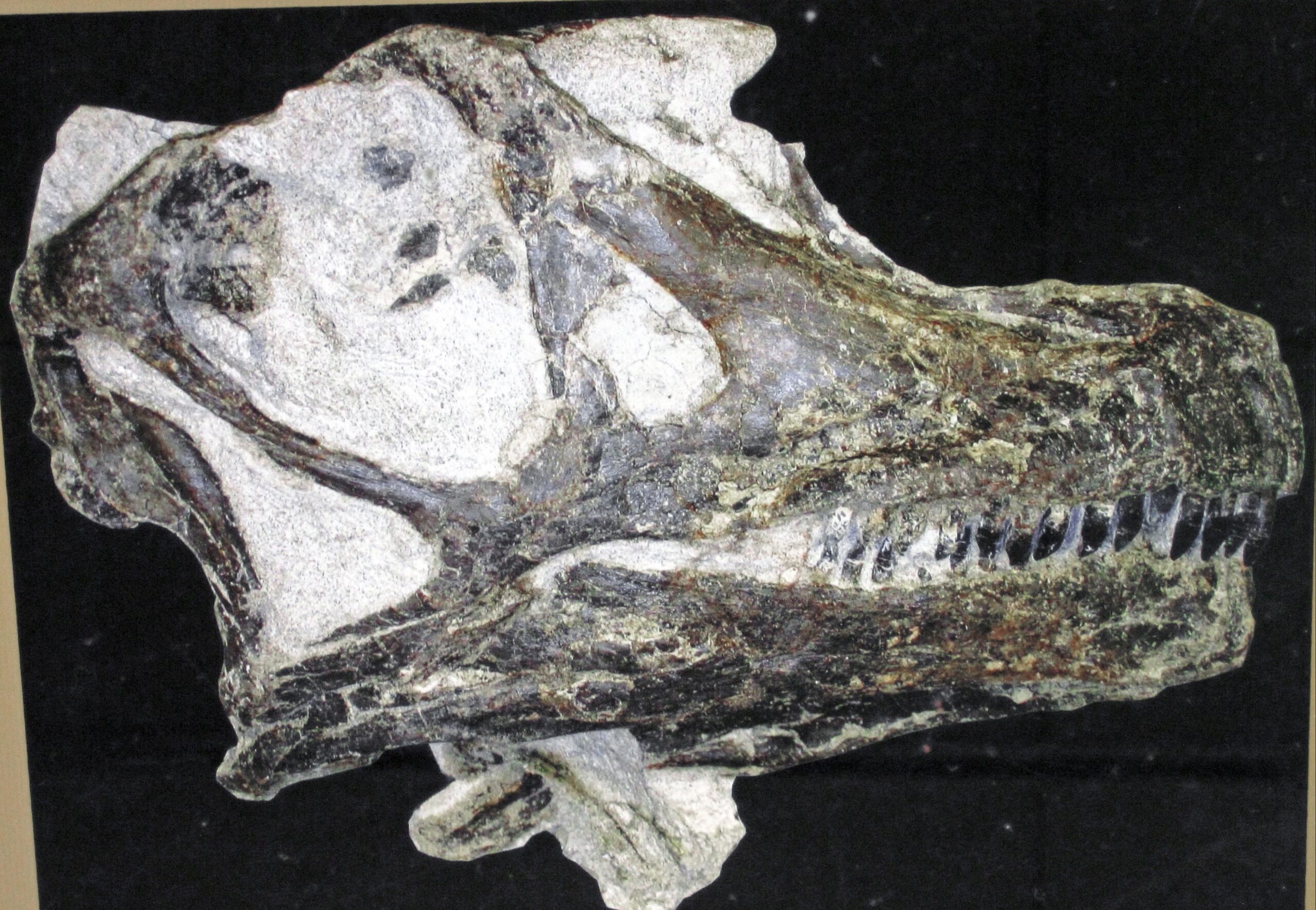
Paleontologists have become unexpected internet celebrities, with researchers like Dr. Mark Witton, Dr. Susannah Maidment, and Dr. Steve Brusatte amassing huge social media followings. Their ability to translate complex scientific concepts into digestible, entertaining content has revolutionized how we consume paleontological knowledge. These scientists understand that enthusiasm is contagious, and their passion shines through every post, tweet, and video.
The democratization of scientific knowledge through social media has made dinosaur research more accessible than ever before. Complex studies that once remained locked behind academic paywalls now reach millions through engaging explanations and eye-catching infographics. This accessibility has created a new generation of informed dinosaur enthusiasts who can discuss evolutionary relationships and extinction theories with surprising sophistication.
Memes and Pop Culture Domination
Dinosaurs have seamlessly integrated into internet meme culture, with formats like “Philosoraptor” and “Sad Keanu T-Rex” becoming cultural touchstones. These humorous takes on prehistoric life demonstrate how deeply dinosaurs have penetrated our digital consciousness. The absurdity of applying human emotions and situations to creatures from 200 million years ago creates comedy gold that resonates across generations.
Pop culture references to dinosaurs multiply exponentially online, from Jurassic Park quotes to Ross Geller’s paleontology obsession on Friends. These shared cultural touchpoints create instant connections between strangers on the internet, fostering communities built around mutual dinosaur appreciation. The internet has transformed dinosaur fandom from a niche interest into a mainstream cultural phenomenon.
The Debate Culture Phenomenon

Nothing sparks internet engagement quite like a good old-fashioned dinosaur debate. Whether it’s arguing about T-Rex’s hunting capabilities, discussing the accuracy of Jurassic Park’s velociraptors, or debating extinction theories, these prehistoric creatures generate passionate discussions that can span thousands of comments. The internet loves controversy, and dinosaurs provide plenty of scientifically grounded disputes to fuel engagement.
These debates often bridge the gap between expert knowledge and public curiosity, creating educational opportunities disguised as entertainment. A heated discussion about dinosaur intelligence can lead participants down research rabbit holes, transforming casual browsers into informed enthusiasts. This organic learning process has made dinosaur knowledge more widespread and detailed than ever before.
The Therapeutic Power of Prehistoric Escapism
In our increasingly complex modern world, dinosaurs offer a form of mental escape that’s both educational and emotionally satisfying. There’s something profoundly calming about contemplating creatures that lived without smartphones, social media, or mortgage payments. This prehistoric mindfulness has found particular resonance during stressful periods, with dinosaur content providing a welcome distraction from contemporary anxieties.
The permanence of dinosaur existence, despite their extinction, offers a unique perspective on life’s impermanence. Their 165-million-year reign puts human problems into cosmic perspective, creating a therapeutic effect that many find deeply comforting. This psychological benefit explains why dinosaur content often spikes during times of global uncertainty or personal stress.
Educational Content That Doesn’t Feel Like School
The internet has revolutionized how we learn about dinosaurs, transforming dry textbook information into engaging multimedia experiences. YouTube channels dedicated to paleontology attract millions of subscribers, proving that educational content can be both informative and entertaining. These creators have mastered the art of making complex evolutionary concepts accessible without dumbing them down.
Virtual museum tours, 3D fossil reconstructions, and interactive timelines have made dinosaur education more immersive than ever before. Students can now examine T-Rex teeth in microscopic detail or walk alongside a Brontosaurus herd through virtual reality experiences. This technological integration has made learning about dinosaurs feel more like gaming than studying, appealing to digital natives who expect interactive experiences.
The Community Building Aspect
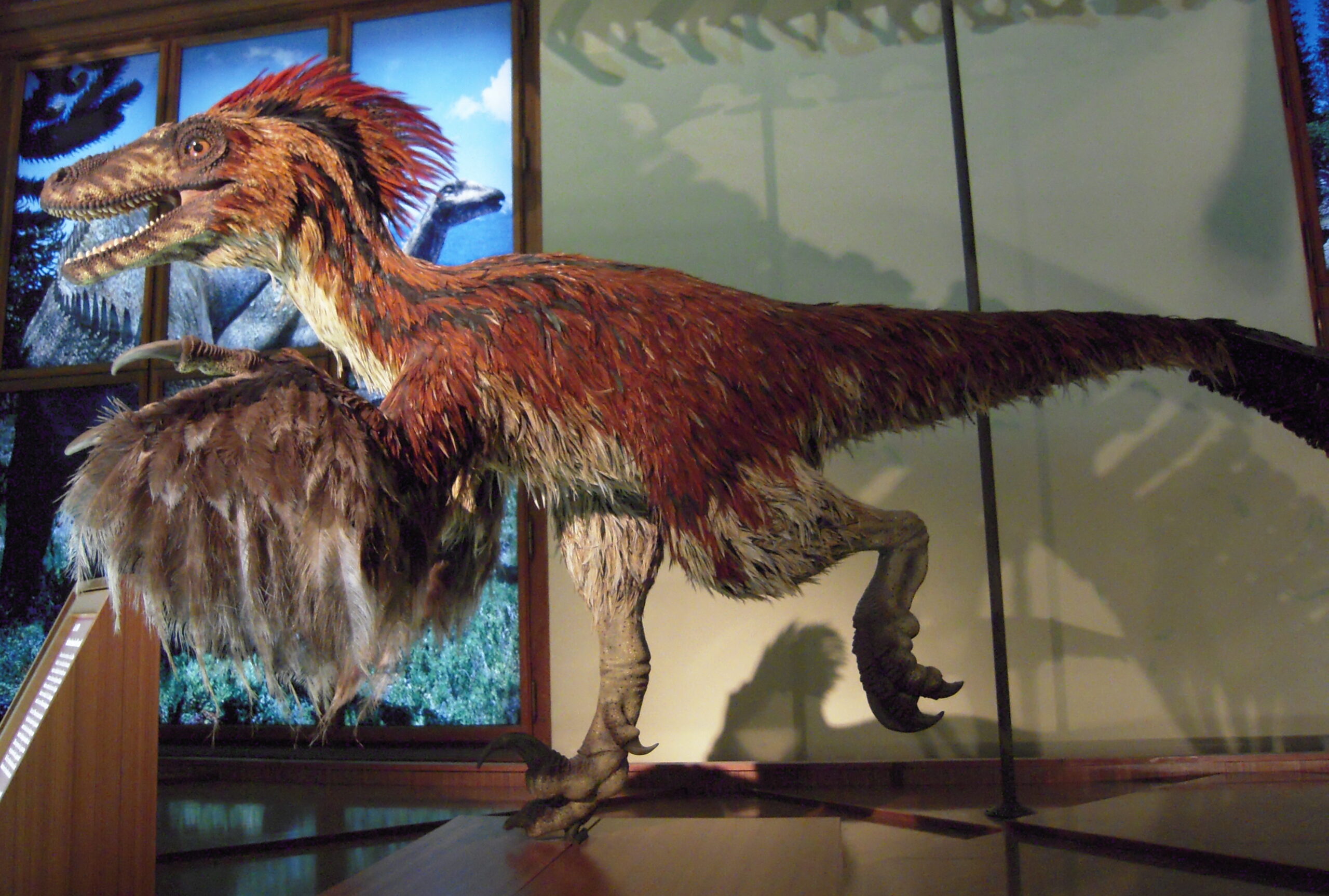
Dinosaur enthusiasts have found their tribes online, creating vibrant communities that span the globe. Facebook groups dedicated to specific dinosaur species, Reddit forums discussing latest paleontological discoveries, and Discord servers for real-time fossil identification have transformed isolated interests into shared passions. These digital communities provide support, knowledge sharing, and friendship opportunities that transcend geographical boundaries.
The inclusive nature of dinosaur fandom has created welcoming spaces for people of all ages and backgrounds. A retired teacher can share excitement about a new discovery with a ten-year-old aspiring paleontologist, while a professional scientist can learn from an amateur fossil hunter’s field experience. This cross-generational knowledge exchange has enriched the entire community’s understanding and appreciation of prehistoric life.
The Endless Discovery Cycle
Unlike many scientific fields, paleontology offers a constant stream of new discoveries that fuel internet excitement. Every few months, researchers announce new species, revealing unexpected behaviors, or challenge previously held beliefs about dinosaur life. This regular influx of fresh content keeps dinosaur communities active and engaged, always anticipating the next big revelation.
The storytelling potential of each new discovery is enormous, with every fossil telling a unique tale of ancient life. Whether it’s a perfectly preserved nest revealing parental care behaviors or a new predator species that rewrites ecosystem dynamics, these discoveries provide rich material for content creators. The internet has become the primary venue for sharing these stories, making paleontological breakthroughs accessible to global audiences within hours of publication.
Digital Resurrection and Future Possibilities

The intersection of technology and paleontology has created unprecedented opportunities for digital dinosaur experiences. Advanced algorithms can now predict dinosaur movement patterns, AI can reconstruct missing fossil pieces, and machine learning helps identify new species from incomplete remains. These technological advances generate excitement about both past discoveries and future possibilities, keeping dinosaur content fresh and forward-looking.
Discussions about de-extinction technologies, while still largely theoretical, captivate online audiences who wonder if we might someday see living dinosaurs again. This speculative element adds a science fiction dimension to paleontology that appeals to tech enthusiasts and futurists. The possibility, however remote, of bringing dinosaurs back to life transforms them from historical curiosities into potential future realities.
The Economic Impact of Digital Dinosaur Mania

The internet’s dinosaur obsession has created significant economic opportunities, from merchandise sales to educational content monetization. Paleontology-themed YouTube channels generate substantial revenue, while dinosaur-related mobile apps and games attract millions of users. This economic ecosystem has incentivized the creation of high-quality dinosaur content, further fueling the digital obsession.
Museums have capitalized on this online interest by creating digital experiences that complement physical visits. Virtual dinosaur exhibitions, online fossil databases, and interactive educational programs have opened new revenue streams while making collections accessible to global audiences. This digital expansion has democratized access to paleontological resources, allowing anyone with internet access to explore world-class dinosaur collections.
The Psychological Appeal of Apex Predators
Humans have always been fascinated by apex predators, and dinosaurs represent the ultimate expression of predatory power. The internet amplifies this fascination by providing endless content about dinosaur hunting strategies, bite forces, and predator-prey relationships. This primal interest in dangerous creatures safely channeled through digital consumption satisfies our evolutionary curiosity about threats and survival.
The paradox of fearing and admiring powerful predators finds perfect expression in our relationship with dinosaurs. They’re terrifying enough to trigger our danger-detection systems while being safely extinct, allowing us to appreciate their magnificence without actual risk. This psychological sweet spot explains why content featuring predatory dinosaurs consistently outperforms herbivore-focused material in terms of engagement and shares.
The Global Language of Dinosaur Enthusiasm
Dinosaurs transcend cultural and linguistic boundaries, creating a universal language of wonder that unites people across the globe. A child in Tokyo can share excitement about a Triceratops with a peer in São Paulo, finding common ground despite speaking different languages. This global appeal has made dinosaur content some of the most internationally shareable material on the internet.
The visual nature of dinosaur content makes it particularly effective at crossing language barriers. Fossil photographs, reconstruction artwork, and size comparison infographics communicate effectively regardless of accompanying text. This universal accessibility has contributed to the global spread of dinosaur enthusiasm, creating a worldwide community of prehistoric life enthusiasts.
Conclusion: The Eternal Digital Reign
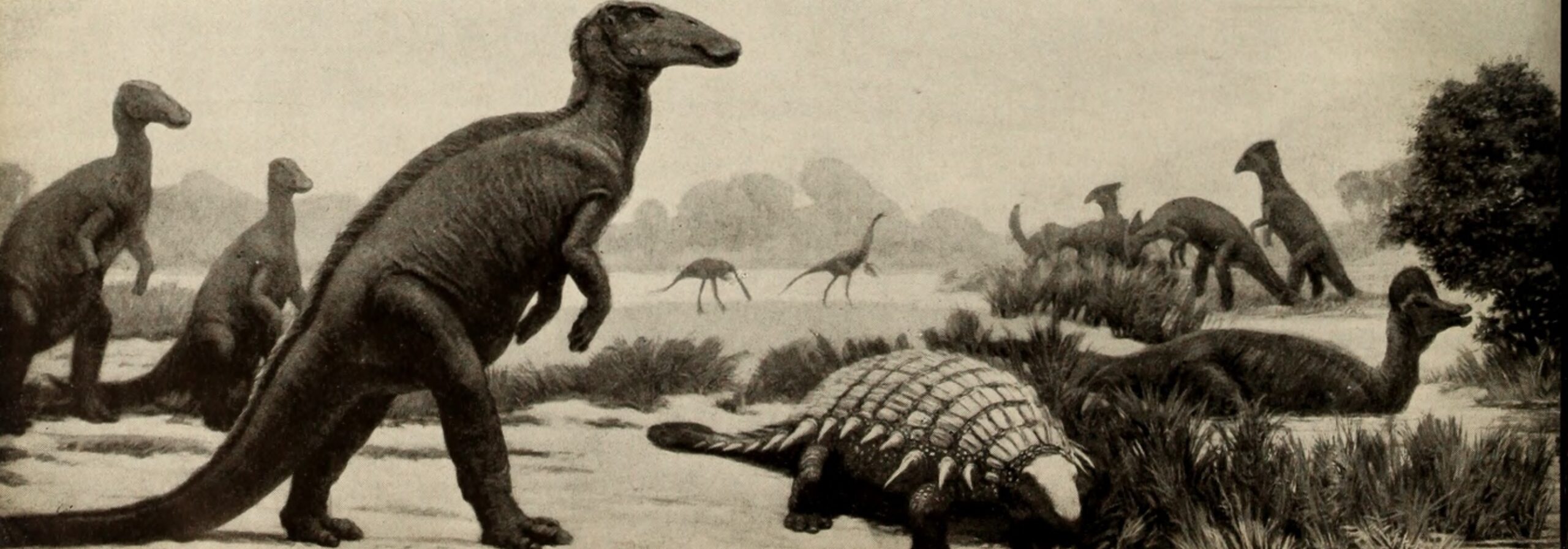
The internet’s love affair with dinosaurs represents more than simple nostalgia or scientific curiosity—it reflects our fundamental need to understand our place in the vast timeline of life on Earth. These ancient creatures provide perspective on both the permanence and fragility of existence, offering lessons about adaptation, survival, and the inevitability of change. Their digital resurrection has given them a second life more vibrant and influential than their original 165-million-year reign.
As technology continues advancing and new discoveries emerge, dinosaurs will likely maintain their position as internet royalty. They’ve proven that good content is timeless, that education can be entertaining, and that wonder never goes out of style. In a digital world often criticized for its superficiality, dinosaur content proves that complex, meaningful subjects can thrive online when presented with passion and accessibility.
Perhaps most remarkably, dinosaurs have shown us that extinction doesn’t mean the end of influence. Through our digital obsession, we’ve granted these ancient creatures a form of immortality they never enjoyed in life. Every meme shared, every documentary watched, and every fossil photograph liked represents a small act of resurrection, keeping their memory alive in ways their original ecosystems never could. Who would have thought that creatures who never knew fire would one day rule the internet?

